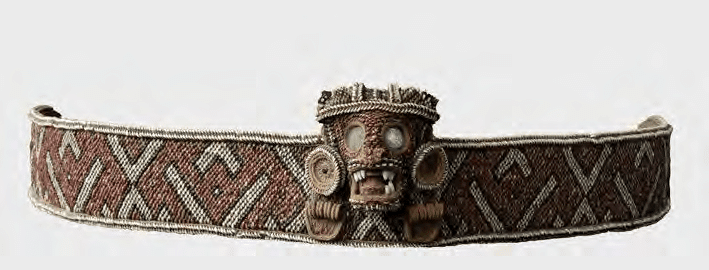Although hardly the most sophisticated or reliable method, using Gedmatch's autosomal DNA comparison feature can be entertaining and occasionally useful. In this case, comparing our data to that of around 42 kits of ancient samples was an interesting experience. Indeed, of the 42 ancient samples, we only had matches with 4 individuals, which is significant. All 4 of them, however, were either individuals from Cuba or the Bahamas, surprisingly. We apparently did not share DNA, at least not detectable using Gedmatch, with ancient persons from Puerto Rico and Hispaniola with kits on Gedmatch (that we know of). The dates given for the samples are from undated in one case but the others the woman from Preacher's Cave, in the Bahamas, was the subject of an important article published in 2018 by Hannes Schroeder. According to this study, "Results are consistent with Puerto Ricans and the ancient Taino forming a clade without any significant gene-flow postdivergence." Clearly, the ancient Lucayan woman's genome was similar to that of modern-day Puerto Ricans. Indeed, this study found that Puerto Ricans share large parts of their genome with the ancient "Taino" of the Caribbean. Another study found similarities between the Preacher's Cave sample and precontact Puerto Rico samples in terms of autosomal DNA. These similarities also extend to South American Amazonian groups, such as the Yukpa, Piapoco, Karitiana, and Surui. Furthermore, modern Puerto Ricans harbor mtDNA that is at least partly a reflection of precontact Puerto Rico populations.
What we find interesting in our matches is the lack of a Puerto Rico or Hispaniola connection. While this is probably, in part, due to the less sophisticated tools and models via Gedmatch, we did match with another ancient "Taino" sample from the Bahamas. On Gedmatch, it is called Kit WE2232796 (*Bahamas Taino Native), with further indication that its test results are from 23andMe. Is this one of their indigenous Caribbean samples the company uses? This person appears to be the same as the Atunwa Inaru, the name given to this ancient woman from the Bahamas. Anyway, we only shared a total of 3 segments, the longest at 3.6 cM. Our total Half-Match segments was 9.7 cM and a total of 458412 SNPs were used, with 47.467 percent fully identical. As one might expect, shared DNA with someone who lived several centuries ago would be low. Yet, with another kit from the same woman from Preacher's Cave, Atunwa Inaru on Gedmatch, we shared a total Half-Match segments of 14 cM, with the largest segment at 6.7 cM of 3 shared segments. 260057 SNPs were used for the comparison with 38.498 percent identical. We assume this match is at least somewhat reliable since geneticists using more sophisticated matches noted similarities in the ancestry of the Preacher's Cave sample and that of modern and ancient Puerto Ricans. We are not sure which of the two kits for the same person are more accurate or reliable, though we'd bet money on the first kit.
The other two matches, however, remain more problematic. Both are from Cuba, although the date and exact location are unclear. One, called Brizuela on Gedmatch, is supposedly from the 12th century. With that sample, we share one segment at 4.5 cM, but at a lower SNP density. The other sample from Cuba shared even less with us, only 3.8 cM. But, with this Cuban sample, more SNPs and at a higher density. One wonders if these Cuban samples may reflect a 'ceramic' culture whose ancestors included some of the same groups who migrated into the Bahamas from Hispaniola. Or, alternatively, due to the widespread seafaring abilities of the indigenous Caribbean and the lack of evidence for inbreeding in the sample from Preacher's Cave, perhaps some groups found spouses or significant others from distant islands in the archipelago. What we do not understand, however, is our inability to find ancient samples from Hispaniola with whom we share DNA...

No comments:
Post a Comment